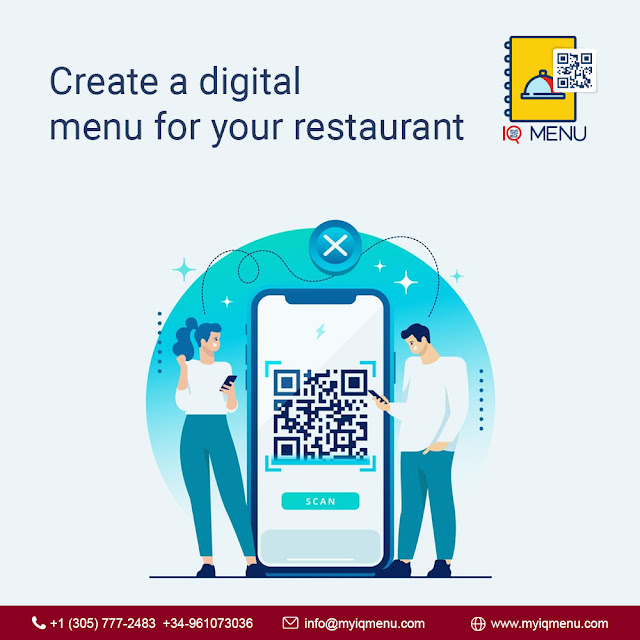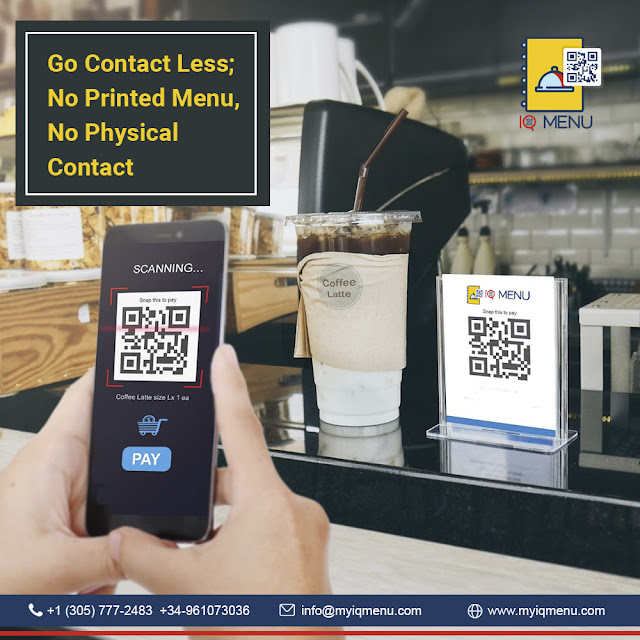What Does “Contactless” Really Mean for the Restaurant Industry?
In the wake of COVID-19, keeping restaurant operations as contactless as possible is a must. Not only does it make employees safer, it demonstrates a commitment to health and wellness that gives guests the confidence to return.
But before guests start knocking on the door, it is important to understand what “contactless” really means for the restaurant industry.
“Contactless” or “touchless” represents any part of the dining experience that previously required guests and employees to touch shared surfaces or closely interact. Contactless eliminates the need for these physical inputs, either through technology, a change in layout or operational adjustment.
This approach can be represented throughout a restaurant. From initiating digital ordering and payment to minimizing the number of shared surfaces and objects, contactless represents a new way of keeping employees and guests safe, while also providing exceptional service.
How to Introduce Contactless in a Restaurant
There are several areas of a restaurant’s operations to consider when developing a contactless strategy, from the ordering experience all the way to the end transaction.
1. Moving to a digital or display menu
Previously, guest after guest would handle shared menus, which were cleaned either at the beginning or end of a shift (and sometimes even a full workday). in today’s environment, it is imperative to disinfect every guest.
One solution is to create disposable paper menus that double as a placemat and are discarded after each use. Another approach is to introduce digital menus. For example, guests can scan a QR code that loads the menu onto their own device. Digital or print signage installed at the table can also display a menu without requiring guests to touch it to navigate.
In addition to keeping staff and guests safe, adopting one of these approaches can help simplify restaurant operations in a COVID-19 environment.
2. Introducing digital ordering options into your operations
With online and mobile ordering, restaurants can empower guests to place an order from their very own handheld device. This eliminates the need for in-person contact and helps staff better maintain social distancing when interacting with guests.
Digital ordering options also enable restaurants to create a seamless, consistent dining experience. Regardless of whether the guest is at home, on the go or in the restaurant, they can expect a similar menu and the same quality experience to which they are accustomed.
For example, QR codes can not only be used for digital menus, they can also allow guests to order and pay for their meal, all from their phone or mobile device. This limits the number of physical interactions in the ordering and payment experience while increasing table turns and allowing staff to focus on delivering safe and enjoyable dining.
3. Making contactless payments a breeze
Contactless payment options are another tool towards helping guests and staff stay (and feel) safe. “Contactless” or “touchless” payment means using mobile technology that allows information to be transmitted over short distances (such as with MyIQMenu) without making physical contact.
Implementing a contactless payment strategy allows customers to pay without handing their card over — this could mean simply waving their phone or MyIQMenu card over the payment device. These types of payments also have the added benefit of being faster and more secure compared to traditional methods.
Taking this extra precaution will help guests feel more comfortable, as they do not need to come into contact with the card reader and there is no need for staff to handle their card or cash. They can also rest assured their data and privacy is protected.
4. Bringing it Back to the Restaurant
Restaurants are serving guests who are more digitally enabled than ever before. So, customers expect digital food ordering choices, on-demand options, and services that cater to their digital lifestyle.
The same is true for customers looking to protect themselves from COVID-19. Contactless strategies and digital technologies can help restaurants redefine their customer experience from start to finish, regardless of where the food is consumed. The key is in making sure there is a safe, reliable experience throughout.






